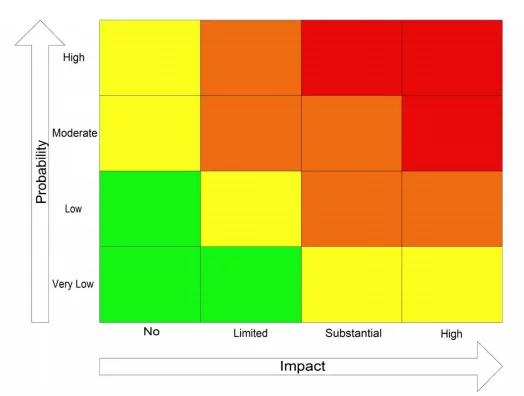This is Part 2 of a multi-part series on “Managing a Decaying Industrial Utility System.” For the first article in this series, see Managing a Decaying Industrial Utility System.
The first step in a utility replacement program is securing funding to initiate the program and investigate the decaying utility system further. To do this, a business case is typically prepared, and a group of gatekeepers must approve a plan for next steps.
In some cases, a break in a utility system creates a ripple effect and triggers an emergency repair, property damage, environmental hazard and/or production outages. This single event can be enough to justify a study or program. In other cases, utility systems experience less acute failures, minor leaks are managed on a day-to-day basis, and a critical failure may be looming but has not yet occurred. In this situation, developing a return on investment for the utility system study or program can be more challenging since investing in these systems may not have an apparent return on investment and predicting future failures can be subjective. However, the risks must be communicated and understood by stakeholders with the goal to avoid a catastrophic failure from occurring.
Utility systems that are a part of or support life safety, such as fire water, are mandated by law to be operable and maintained. Building code, fire code, OSHA and other industry standards such as the American Petroleum Institute (API) standards are incorporated into law when referenced by the local authorities having jurisdiction (AHJ). Therefore, an outage of this type of system can indirectly require a production shutdown until the system can be restored.
Assessing the risk
To best present a need for a study or program, a risk matrix can be developed that compares the likelihood of a failure versus the consequence of failure. The figure below is one example of a risk matrix provided in NFPA 1300.

From NFPA 1300, “Standard on Community Risk Assessment and Community Risk Reduction Plan Development”
The goal of a risk assessment is to identify the types of failures that are possible and the corresponding likelihood of failure and potential impact, including personnel injury, environmental risk, repair costs and lost production. To initiate a study, historical information can be used as a starting point for probability of failure and costs. However, known utility conditions may warrant an increased probability of failures.
Looking for root causes
The risk review should also ascertain the situations that lead to a failure. Although physical conditions such as age of materials are the probable root cause of failure, often an event initiates the failure. Process changes such as starting/stopping of equipment can create an operational change and induce a failure. Other condition changes can be more subtle and are a result of a long-term fatigue, such as the heaving effects of freeze/thaw on buried utilities. By understanding the circumstances leading up to a failure, a facility may find temporary solutions to limit the risk and be prepared until a full program can be funded and executed.
The preliminary business case for a utility replacement program will recognize if the circumstances exist to warrant further investigation and effectively present this data to stakeholders and gatekeepers. A successful outcome will be a plan on how to proceed and an approval to begin technical data gathering and a condition assessment study.
Matrix Technologies’ approach
Matrix Technologies has completed numerous infrastructure studies and master planning programs for our industrial clients over our 40-year history. We start by working with facility stakeholders to understand their goals and develop a custom approach, tailored to their needs. In general, our infrastructure evaluation, rehabilitation and replacement strategy consists of the following phases:
- Presenting a Business Case and Justification
- Data Gathering and Condition Assessment
- Identifying Options for Rehabilitation or Replacement
- Master Planning and Capital Forecasting
- Design Considerations by Utility System
- Documentation and Management
Future articles in this series, “Managing a Decaying Utility System,” will guide you along each phase of the process and provide considerations for designing and building specific utility systems. The next article will address the Data Gathering and Condition assessment phase.
Matrix Technologies is one of the largest independent process design, industrial automation engineering, and manufacturing operations management companies in North America. To learn more about our utility system design and master planning services, contact Todd Green, PE, SI, CFPS, Associate Director, Mechanical and Facilities Design.
© Matrix Technologies, Inc.